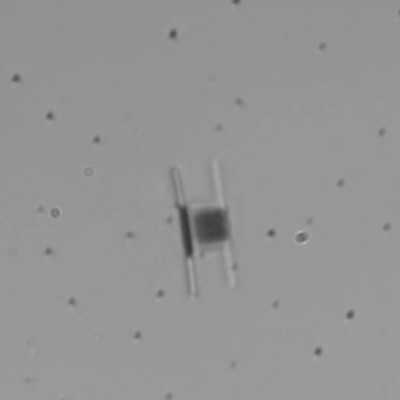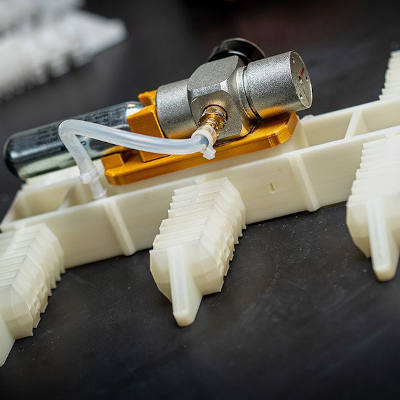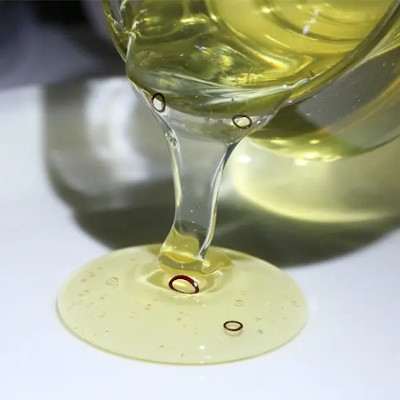Scientists create a soft robot that transforms, splits, and merges like cells, opening doors for medical and industrial uses.
Scientists at Seoul National University and Gachon University have invented a new kind of robot made of liquid. They built a soft robot that acts like living cells. Cells can stretch, split, join, and grab things. Normal robots, made of hard parts, struggle to copy these actions. The scientists have shared their work in the journal Science Advances.
This liquid robot uses special water-repelling particles to cover its surface. This hydrophobic covering pushes water away. These particles give the liquid strength like a solid but keep it flexible like a droplet. The robot handles big squeezes or hard falls without breaking. It always returns to its original shape. This mix of liquid and solid makes it special.
The scientists showed what the robot can do. The liquid robot slips through metal bars like the T-1000 robot from Terminator 2. It grabs and moves objects. It joins with other liquid robots. The robot travels on water and land easily. The scientists used ultrasound to control its speed and direction. They proved it can keep doing these tasks without trouble.
Future Uses for the Liquid Robot
This invention could help in medicine and robotics. Doctors might use it to deliver drugs inside the body. It could also perform treatments in hard-to-reach spots. The robot’s ability to squeeze through tiny gaps makes it useful for other applications as well. Liquid robots could explore disaster areas, clean complex machines, or remove obstacles. Many robots could work together in rough places to supply nutrients or clear chemicals.
At first, the scientists tried coating a round droplet with particles. Later, they coated an ice cube instead, then melted it. This trick made the robot much stronger. The scientists now aim to shape the liquid robot with sound waves or electric fields and improve its materials for bigger jobs.
Let us know your thoughts! Sign up for a Mindplex account now, join our Telegram, or follow us on Twitter.


.png)

.png)


.png)






0 Comments
0 thoughts on “Liquid robot mimics living cells”